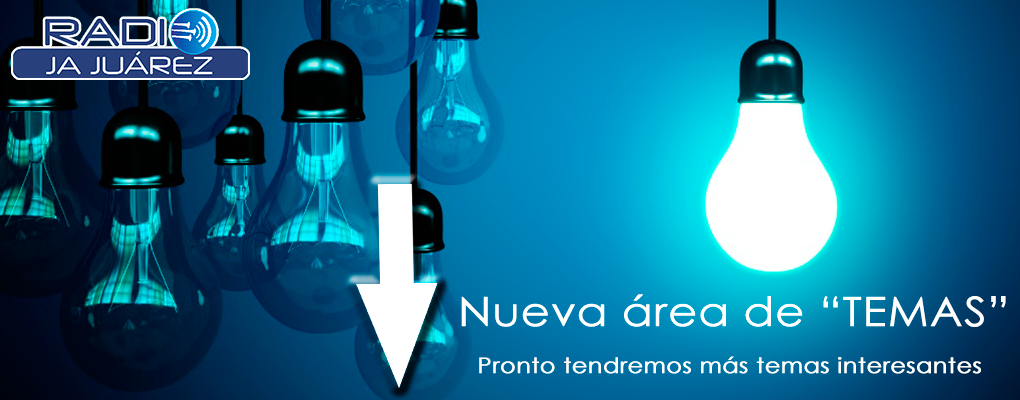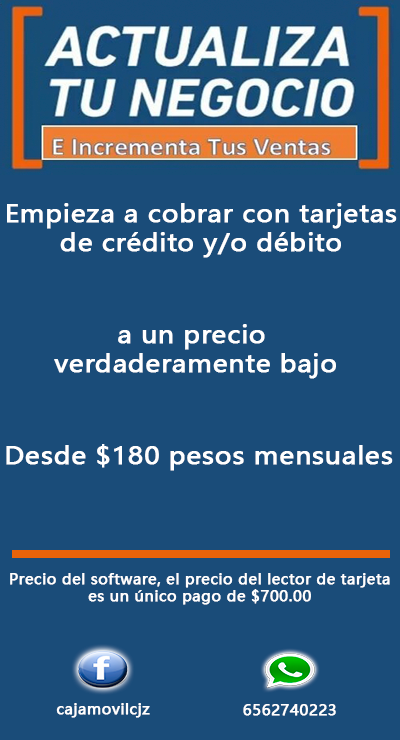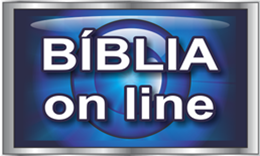Content
- How do you trade a double top pattern?
- Creating a Pattern Recognition Strategy Using the RSI in Python.
- Stock chart continuation patterns:
- How to trade Triple Top & Triple Bottom patterns?
- Understanding Double Tops and Bottoms
- Double tops and double bottoms in trading summed up
- Free trading tools and resources
How you choose to use these techniques depends on your trading preferences and market assessment. For example, a reactive trader might set a buy order around the middle or top of the bullish trend reversal after the second rounding bottom. Understanding how to trade the double top and double bottom patterns is crucial when dealing with cryptocurrency markets.
We tend to apply them on the market price as we like to look at pure price action. In this article, we will apply the pattern recognition tools of such configurations double top and double bottom on a contrarian indicator named the Relative Strength Index. There are two main ways to trade and confirm a double bottom pattern entry and exit prices.
How do you trade a double top pattern?
Notice that the initial trend is bullish but later it gets reversed after the Double Top formation. In the case of a Triple Bottom, the entry point will be at the breakaway of the resistance level. Open the position after the candlestick closes above the resistance level. With the SL and TP, things are the same as with the Double Bottom. Potential profit is calculated as the distance from the support level to the high and will equal a possible Take Profit. One of the most convenient aspects of a double top indicator is that it can be identified even by amateur traders.
- These trade signals occur before the price action signals, when the price moves above a swing high.
- We also review the literature on these patterns in order to find various observations as well as a theoretical explanation of their…
- The only difference is that in this scenario, the price will move up, and traders can take positions by buying Nifty50’s futures, buying call options, or selling put options.
- As an example of a double top trade, let’s look at the price graph below.
- The formation is completed and confirmed when the price falls below the neck line, indicating that further price decline is imminent or highly likely.
- The breaking of the resistance level defines the entry level for the trader.
Triple tops and bottoms are can be traded in a similar way to double tops and double bottoms, and they aim to provide the same information to the trader. Triple top and triple bottom patterns form slightly differently to double tops and bottoms. The topping pattern has three peaks at similar price levels with two pullbacks in between, whereas the bottoming pattern has three bottoms at similar price levels with two rallies in between. These patterns complete when the price moves below the pullback lows (topping) or above the rally highs (bottoming). There are a number of ways to combine price action patterns with indicators.
Creating a Pattern Recognition Strategy Using the RSI in Python.
Let’s have a look at the idea of trading the double bottom breakout test. There is an example of a futures contract for the DAX index, H1 timeframe, EUREX exchange data. It is believed that after the breakout of the neck line, the price will continue to move until it reaches the initial height of the pattern. An entry you’re potentially looking for is if the price breaks above the neckline for a nice buy entry. An entry you’re potentially looking for is if the price breaks below the neckline for a nice sell entry.
- However, traders typically pre-empt the pattern before this happens, and place their buy or stop loss orders accordingly.
- The formation is completed and confirmed when the price rises above the neck line, indicating that further price rise is imminent or highly likely.
- At the same time, the signal can work off on any timeframe, including M1, M5, etc.
- When a double top or double bottom chart pattern appears, a trend reversal has begun.
- This means that the trader will wait for the double top or bottom pattern to be confirmed before entering the trade.
- The double top pattern, when complete, indicates a bearish reversal because there are two pieces of bearish evidence.















